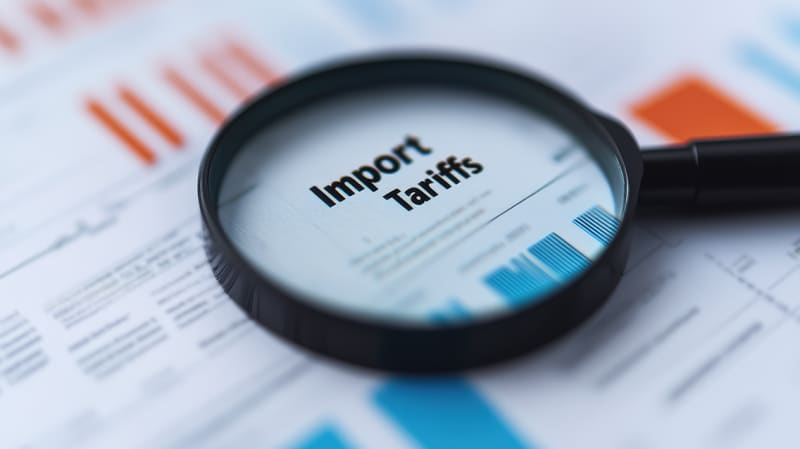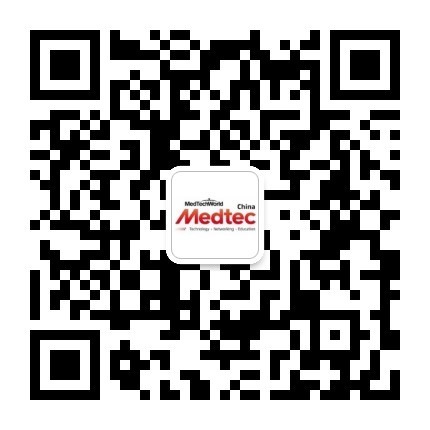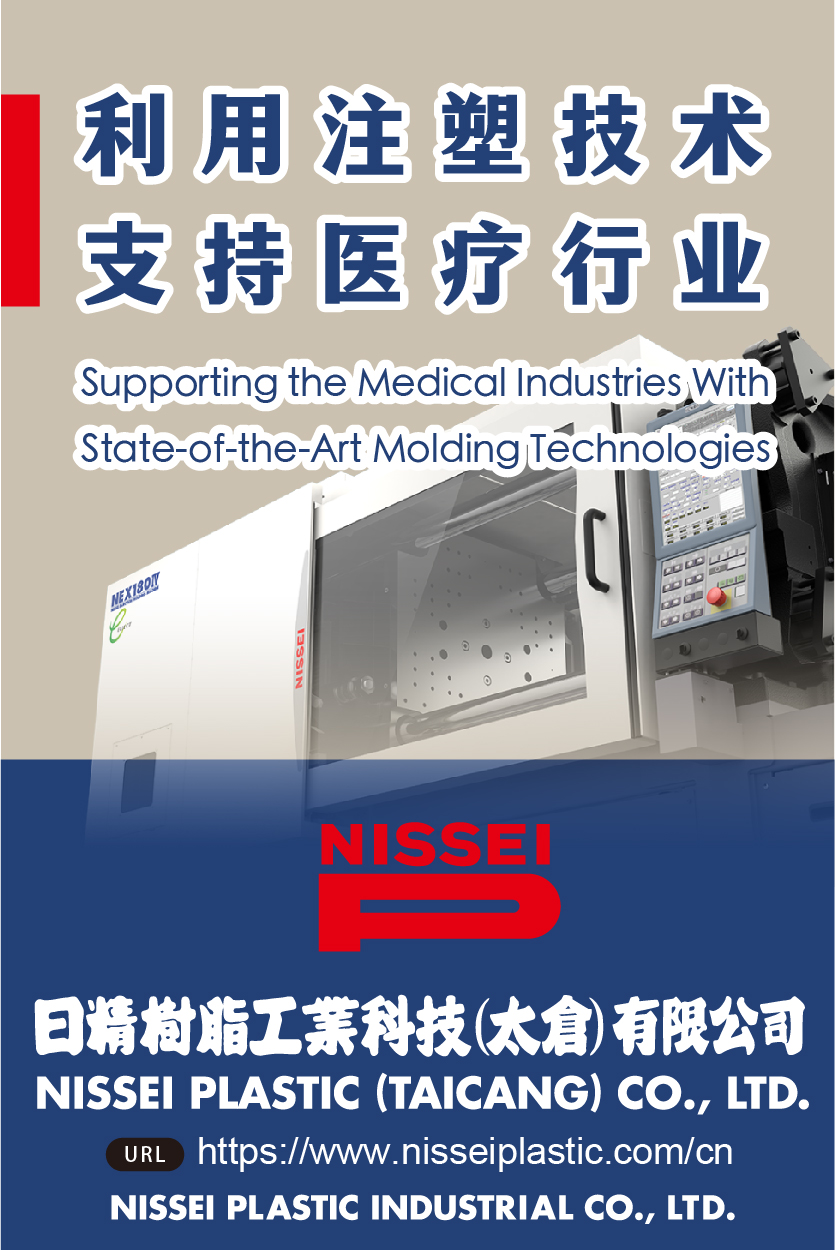U.S. Tariffs: Implications and Strategies for Medtech Manufacturers

In a dramatic shift that could reshape the medical device industry, the U.S. government’s sweeping tariff hikes — particularly a 125 percent levy on Chinese goods — have sparked both alarm and opportunity among U.S. medtech manufacturers. Introduced in early April as part of President Trump’s “reciprocal tariff” policy, the new measures also include 10 percent baseline tariffs for most trade partners, with some nations like Cambodia and Vietnam facing duties as high as 49 percent and 46 percent, respectively.
The implications for the medical device sector could be challenging. While some industry players see a potential for growth in domestic production and investment, others warn that cost surges, global supply chain disruptions, and international retaliation could throttle innovation and investor confidence.
This article analyzes the complex effects of the new tariff regime and explores actionable strategies that medical device companies can adopt to mitigate risk and adapt to a rapidly shifting global trade environment.
RISING COSTS AND THE SUPPLY CHAIN CRUNCH
At the heart of the tariff storm lies a major pain point: increased production costs. As noted by Alexandra Murdoch, senior medical analyst at GlobalData, the tariffs target not just finished medical devices but also critical components such as advanced sensors, electronic modules, and precision metal parts — many of which are sourced from Asia.
“These tariffs could drive up costs for both imported components and entire devices,” Murdoch says. “This poses significant challenges for startups and may deter investment in domestic manufacturing, especially if countries respond with retaliatory trade measures.”
Retaliatory tariffs from key markets such as China and the EU could limit exports of U.S. medical devices, reducing revenue potential and weakening the U.S. global position in the sector. According to GlobalData’s 2024 data, the U.S. medtech industry remains the global leader in both investment volume and value, attracting nearly $290 billion in capital in 2023 alone. That dominance could erode if trade wars intensify.
RESHORING AND INCENTIVES
Despite the grim short-term outlook, some experts believe that these tariffs may contain the seeds of long-term opportunity — particularly for companies that pivot swiftly toward domestic production. According to GlobalData, tariffs that target foreign-made devices and components could protect U.S.-based medtech manufacturers by leveling the playing field.
“There is a real possibility that these tariffs could incentivize reshoring,” Murdoch says. “With the right industrial policy — think tax credits, R&D grants, and infrastructure funding — this could attract significant venture capital into U.S. medtech startups and contract manufacturers.”
AdvaMed is also urging a policy compromise. “We have shared with the Administration our concerns about the potential impact tariffs could have on the medical technology supply chain that American patients depend on for their care,” says Scott Whitaker, president and CEO of AdvaMed. “In light of that risk, an exemption was provided for most medical devices during President Trump’s first term with respect to the tariffs on China, and we are advocating for a similar approach this time.”
Whitaker adds, “Tariffs could hold back the innovation potential of the U.S. medtech industry. R&D spending would likely be the first and most direct casualty, threatening America’s medtech innovation leadership. And increased tariffs may even have the unintended consequence of boosting the competitiveness of medtech industries of other nations.”
Tariffs that act in isolation — without government backing in the form of supportive legislation or public-private partnerships — are unlikely to shift the needle in a meaningful way. However, if coupled with targeted incentives, the new policies could stimulate a renaissance in U.S. medical device manufacturing.
UNEVEN IMPACT ACROSS THE SECTOR
The recent imposition of U.S. tariffs on medical devices and components has varying effects across different segments of the medtech industry. Understanding these disparities is crucial for manufacturers aiming to navigate the evolving trade landscape effectively.
Surgical Devices. Surgical instruments and devices often rely on imported metals and electromechanical components. Tariffs on these inputs can significantly increase manufacturing costs. According to a report by the Associated Press, Johnson & Johnson anticipates approximately $400 million in tariff-related expenses in 2025, primarily affecting its medical technology division. The company attributes most of this financial strain to U.S. tariffs on Chinese imports and retaliatory tariffs from China. Additionally, tariffs on aluminum, steel, and imports from key trading partners such as Canada and Mexico contribute to these increased costs. Chief Financial Officer Joseph Wolk noted that existing contractual agreements limit the company’s flexibility in passing these costs onto consumers.
Wearables and Remote Monitoring Devices. Wearable health devices and remote monitoring equipment are frequently assembled in countries like China, Taiwan, and Malaysia, where labor and electronic components are more cost-effective. The 125 percent tariff on Chinese goods poses a significant challenge to this segment. Whitaker emphasized that the increased costs posed by tariffs function similarly to an excise tax, potentially leading to reduced research and development investment, higher costs for patients and payors, and potential job losses.
Diagnostics and Consumables. Diagnostic equipment and consumable medical products are often manufactured or packaged abroad. Tariffs on these items can lead to sharp cost increases unless supply chains are reoriented. AdvaMed warns that the heavily regulated nature of the industry makes it difficult for companies to quickly shift production in response to tariffs, as manufacturing changes often require FDA approval. This complexity adds to the challenges of mitigating the impact of tariffs on diagnostics and consumables.
Capital Equipment and Imaging Devices. Larger firms producing capital equipment and imaging devices may have the financial resilience to absorb tariff costs in the short term. However, even these companies face pressure to maintain margins in a cost-sensitive hospital procurement environment. AdvaMed has reiterated the need for medical technology exemptions from tariffs, highlighting that increased costs could resurrect concerns similar to those experienced during the era of the medical device excise tax.
MITIGATION STRATEGIES FOR MEDTECH MANUFACTURERS
Given the new trade reality, medical device companies should act decisively to minimize risks and position themselves for success. In response to escalating trade tensions and the Trump administration’s recent 90-day postponement of tariffs on Chinese medical imports, a new Black Book Market Research survey underscores critical actions U.S. healthcare organizations must implement to prepare for potential market disruptions. Surveying 94 medical device industry leaders from 10 countries, the research highlights strategies to reduce vulnerability and capitalize on opportunities arising from strained U.S.-China relations.
The survey underscores the urgency of safeguarding healthcare operations by strategically shifting toward partnerships with nations holding favorable trade and tariff policies, thus maintaining continuity in patient care and medical supply reliability. Key strategic recommendations include:
Supply Chain Diversification. 97 percent of respondents recommend actively diversifying supply chains away from reliance on China to avoid tariff-related disruptions. Historical analysis reveals that healthcare organizations previously reliant on China experienced disruptions lasting over six months in 76 percent of cases following prior tariff enactments.
Strategic International Alliances. 62 percent of respondents indicate preparations for collaborations with U.S. entities to establish domestic medical device production, thereby bypassing future import tariffs. Data shows organizations engaging in international partnerships are 85 percent more resilient against tariff-induced disruptions than those without such alliances.
Enhanced Inventory and Stockpiling Strategies. 99 percent advocate immediate strategic stockpiling of critical medical supplies, pharmaceuticals, and devices to mitigate anticipated tariffs. Past tariff periods demonstrated a 90 percent reduction in operational downtime for organizations with proactive stockpiling practices.
Innovation and Technological Advancement. 39 percent of industry leaders from Europe and Japan reported increased demand for advanced medical technologies, including AI-driven diagnostics and telemedicine solutions. Adoption of such innovative solutions has historically led to a critical productivity improvement, effectively counteracting tariff-related cost hikes.
Active Policy Advocacy and Regulatory Engagement. 83 percent of respondents emphasize the significance of active advocacy to shape trade policy outcomes. Organizations involved in regulatory advocacy state they have historically faced fewer disruptions and recovered more rapidly from trade-induced challenges.
The survey strongly recommends U.S. healthcare providers proactively engage with global strategic partners, enhancing resilience against market uncertainties caused by the ongoing trade conflict with China.
About the Survey. Conducted between April 2 and April 10, 2025, the survey captured insights from 94 medical device and healthcare supply chain leaders spanning 10 countries, including Germany, Japan, Canada, South Korea, Switzerland, and the Netherlands. Participants ranged from small-scale manufacturers to multinational corporations, providing diverse and comprehensive views on the strategic implications of U.S.-China trade tensions.
A CRITICAL CROSSROADS FOR U.S. MEDTECH
The tariff increases represent not just a policy shift, but a catalyst that could either stifle innovation or ignite a new era of U.S. medtech manufacturing — depending on how the industry responds.
In the short term, costs will rise, supply chains will strain, and investors will hesitate. But with strategic adaptation, robust government support, and a renewed focus on domestic production, companies can not only survive but thrive in the new trade environment.
“The uncertainty and potential for increased costs will likely result in short-term caution and delays in funding,” says Murdoch. “In the long term, if paired with pro-manufacturing policies, tariffs might relocalize medtech production, potentially sparking new investment in U.S. supply chains and startups.”
For manufacturers, the path forward is complex — but not without opportunity. The question is not whether the landscape has changed, but how swiftly the industry can adapt to the new road ahead.
Source:MDB









